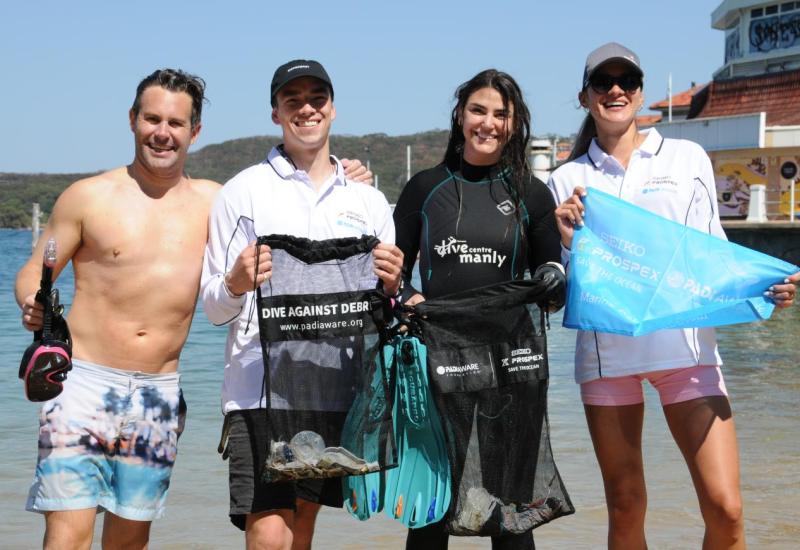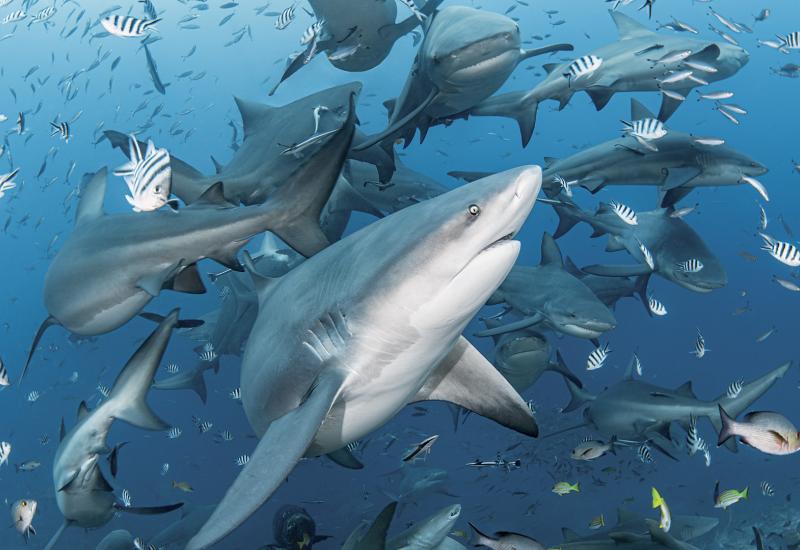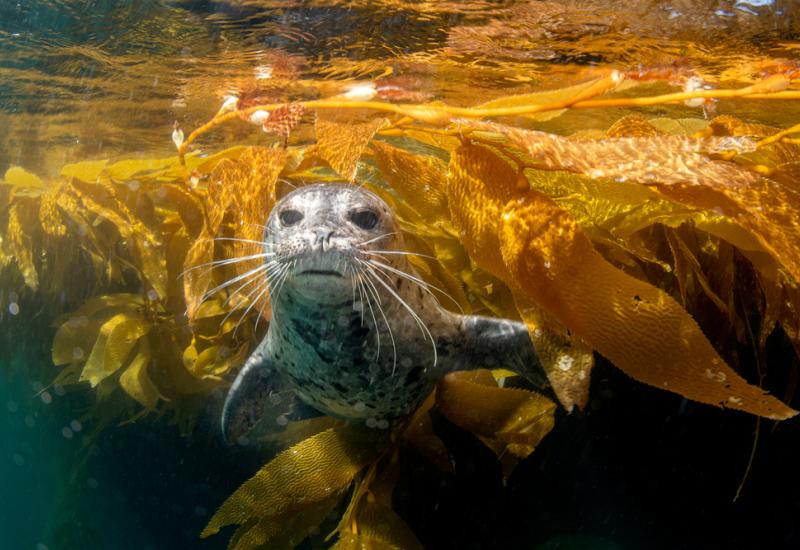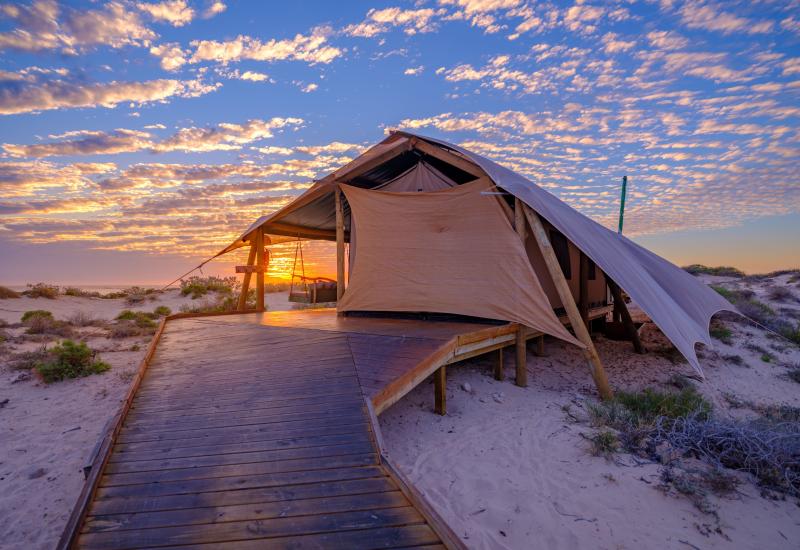A Guide to Scuba Diving in Raja Ampat

Gerald NowakWhip Coral frames a Manta
Explore the Guide to Indonesia
Sitting on the deck of one of Raja Ampat’s many liveaboards, looking out at a canvas of blue ocean and green jungle mixed with startling bursts of white — cockatoos — you'd be forgiven for imagining this must be how Earth looked when the world was fresh and new.
In fact, these pristine islands — the famed Four Kings, or Raja Ampat in Bahasa Indonesian, including Waigeo, Salawati, Batanta, Misool and a host of smaller islands — lie at the eastern edge of the world’s fourth-most densely populated country. But the Raja Ampat visitor would never know it; here fewer than 50,000 people inhabit an area — mostly water — of more than 27,000 square miles.
But this remote region is anything but uninhabited underwater. Raja’s far-flung landmasses are connected by powerful currents that were themselves shaped by tectonic-plate movement in the region over eons. Here relatively undisturbed reefs have achieved a critical mass that scientists believe makes them an incubator for species throughout the Coral Triangle. And incubate they do: Raja boasts more than 1,000 documented species of fish from macro to pelagics, as well as half of the world’s known types of soft corals, and up to 70 percent of hard corals. Divers in Dampier Strait — the rich, rushing waters south of Gam Island, famed for encounters with mantas and more — quickly learn the term “fish thunder,” used locally to describe a collective life force so powerful that divers can actually hear it, as thousands upon thousands of creatures go about their underwater business every day.
Scuba Diving Conditions
Water temp
Low to mid-80s F
Visibility
From 50 to 100 feet; organic matter in the water can shorten that, but that’s what brings in the animal life too
Season
Year-round; liveaboard operators often vary their itineraries by season, so check with your operator
Signature Diving Sites in the Raja Ampat
Cendana Fuel Dock, Aljui Bay
A 23-ring critter circus unfolds under a dock at a working pearl farm, one of the best night dives in Raja, and maybe anywhere. Look for multiple octopuses — starry night, white-V, coconut and blue-ringed, to name a few — bobtail squid, walking sharks, pegasus sea moths, clown frogfish, wobbegongs, stonefish, pipefish and more.
Melissa’s Garden, Penemu Island
Just one dive atop these hard-coral fields that seem to go on forever will show you why this site is such a long-standing Raja Ampat favorite. Anthias rain like confetti on giant clams, nudis and pygmy seahorses on sea fans, patrolled by schools of fusiliers, jacks and trevally.
Cape Kri, Dampier Strait
Life seems to burst forth at this drift dive over an underwater ridge, blessed with abundant everything, from butterflyfish — chevron, vagabond and saddled — to sweetlips, turtles, sharks and bumphead parrotfish.










